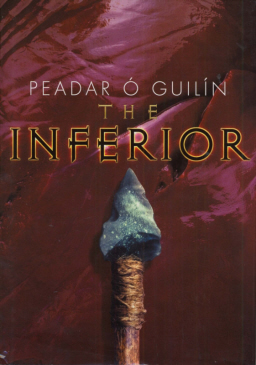 Once upon a very suspect time, a human being by the name of Terry Pratchett conjured up a space-traveling sea turtle by the name of A’tuin, and proceeded to make a sizable fortune from the disc-shaped world he emplaced upon her. In Pratchett’s Discworld novels, magic of the most unpredictable kind is the norm, and so it should come as no surprise that, eventually, somebody had to commit his unique brand of literary lunacy to celluloid.
Once upon a very suspect time, a human being by the name of Terry Pratchett conjured up a space-traveling sea turtle by the name of A’tuin, and proceeded to make a sizable fortune from the disc-shaped world he emplaced upon her. In Pratchett’s Discworld novels, magic of the most unpredictable kind is the norm, and so it should come as no surprise that, eventually, somebody had to commit his unique brand of literary lunacy to celluloid.
And so they did. The Color of Magic appeared in 2008, destined for British TV and comprised of two longish episodes.
Now, having admittedly come rather late to the Discworld table –– I read a short called “Troll Bridge” years ago, but didn’t realize it was part of a larger cycle –– my somewhat limited exposure was nonetheless sufficient to convince me that Pratchett’s novels were congenitally unfilmable.
Despite that dire opinion, I am happy to report that Sean Astin is delightfully droll as Twoflower, the Discworld’s first tourist, and David Jason is about as Rincewind as anyone could possibly be. As a murderous and ambitious wizard, Tim Curry simpers and smirks as only Tim Curry can, (although he doesn’t appear to be having nearly as much fun as he did as “Arthur King” in Spamalot). On an ankle-biting budget, the cinematography is generally first rate, as are most, though not quite all, of the props. Death –– a nuisance, and constantly in pursuit of Rincewind –– is lovingly voiced by Christopher Lee, but disappoints the eye. Bearing a cheap-looking sickle, Death appears to have just wandered in from a middling haul of Trick-or-Treats.
Physically, then, in real-world terms, The Color of Magic is of course filmable –– as is just about everything these days, including massive sand worms and infinitesimal specks of pollen. I even recall seeing, on Nova, an attempt to demonstrate string theory’s ten dimensions on the two-dimensional plane of a television screen –– an abject failure, yes, but I blame myself. My limited powers of imagination and whatnot. Me and my four-dimensional mindset.
So let me amend my question: can The Color of Magic be adapted to film successfully?
…
Read More Read More
 Once upon a time, I had the crazy idea that if a book was good, it would stay in print. I also figured that a “best-of” volume would probably have all the good stories from an author, and I was actually naive enough to think that if a work by a favorite author was out of print, it probably wasn’t as good as the work that was still on shelves.
Once upon a time, I had the crazy idea that if a book was good, it would stay in print. I also figured that a “best-of” volume would probably have all the good stories from an author, and I was actually naive enough to think that if a work by a favorite author was out of print, it probably wasn’t as good as the work that was still on shelves.


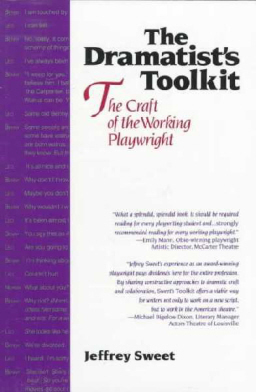
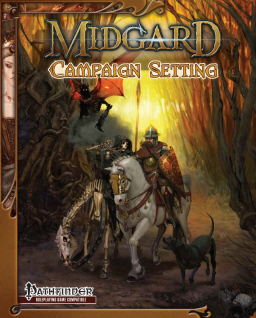
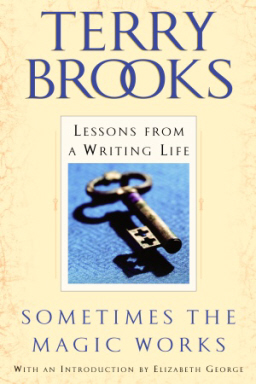
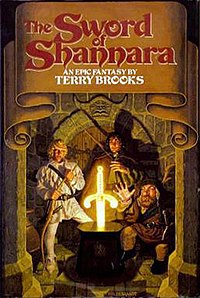 A confession: Terry Brooks’s novels are not my thing. That is not a judgment on him, just an observation that so far I haven’t really connected with his work. For the record, in the Grand Taxonomy and Hierarchy of Books That Aren’t My Thing, The Sword of Shannara gave me far more reading enjoyment than did James Joyce’s Ulysses.
A confession: Terry Brooks’s novels are not my thing. That is not a judgment on him, just an observation that so far I haven’t really connected with his work. For the record, in the Grand Taxonomy and Hierarchy of Books That Aren’t My Thing, The Sword of Shannara gave me far more reading enjoyment than did James Joyce’s Ulysses. Once upon a very suspect time, a human being by the name of Terry Pratchett conjured up a space-traveling sea turtle by the name of A’tuin, and proceeded to make a sizable fortune from the disc-shaped world he emplaced upon her. In Pratchett’s Discworld novels, magic of the most unpredictable kind is the norm, and so it should come as no surprise that, eventually, somebody had to commit his unique brand of literary lunacy to celluloid.
Once upon a very suspect time, a human being by the name of Terry Pratchett conjured up a space-traveling sea turtle by the name of A’tuin, and proceeded to make a sizable fortune from the disc-shaped world he emplaced upon her. In Pratchett’s Discworld novels, magic of the most unpredictable kind is the norm, and so it should come as no surprise that, eventually, somebody had to commit his unique brand of literary lunacy to celluloid.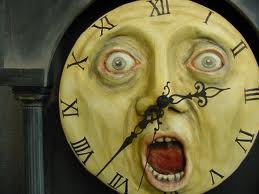 I’m busy.
I’m busy. About a month ago, The Avengers
About a month ago, The Avengers 